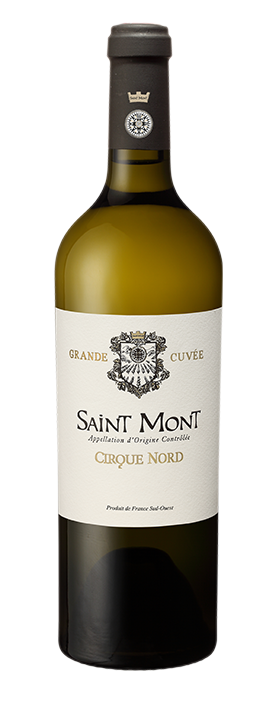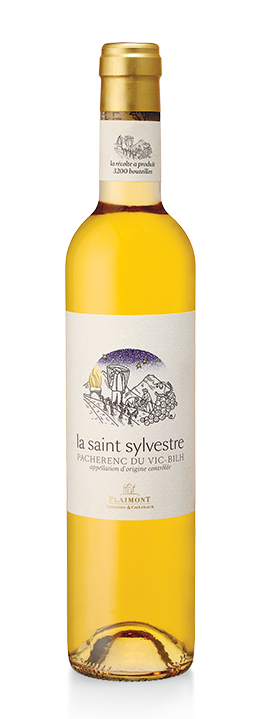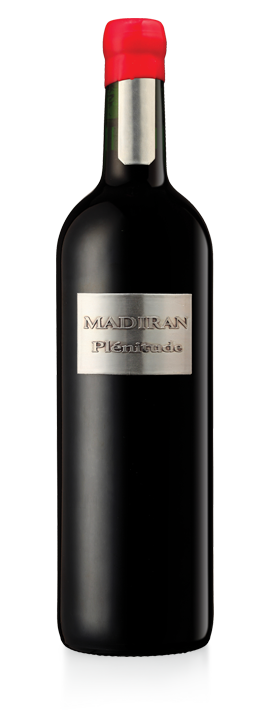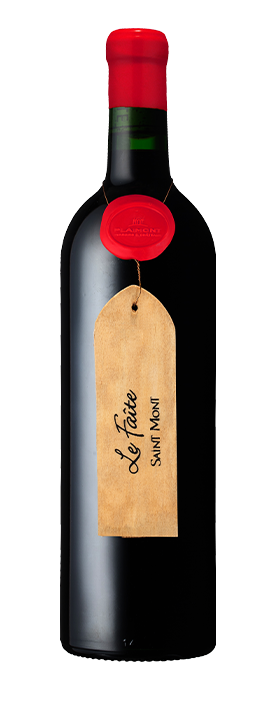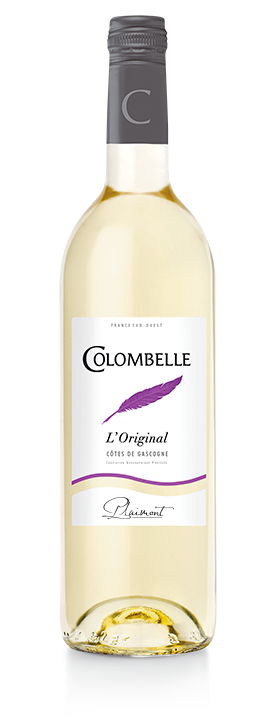This timeless blend originates from a vine plot dating back to 1871. Planted in fawn-coloured sand soil, the parcel resisted phylloxera, the insect that decimated French vineyards at the end of the 19th century.
Unique
Ideally situated on the highest hill in Saint-Mont village, this vine covers about half a hectare facing the Monastery. Its extremely well drained terroir consists of fawn-coloured sands more than 2 metres deep.
History
A remnant of the biodiversity of the Pyrenean foothills, the parcel contains mostly Tannat vines, plus one Pinenc vine and a few vines of an ancient white grape variety that are not used in this wine blend. Historically, local families had their own “vine gardens” of different local grape varieties, and would produce “home-made” wine, a thirst-quenching drink made from both red and white grapes.
Surrounded by century-old fig trees and raised on high trellises, it appears that these vines have always been held up by wire. They naturally require very attentive management, with the utmost care taken over every single plant; just two grapes may be left on some, four or five perhaps on others…

Preserved heritage
For Olivier Bourdet-Pees, Managing Director of Plaimont, which created this outstanding wine, the “Vignes Préphylloxériques” cuvée blend is a true symbol of the Saint Mont appellation’s exceptional genetic heritage.
The “Vignes Préphylloxériques” cuvée and the Sarragachies parcel’s entry into France’s register of Historical Monuments in 2012, and indeed maintenance of the Ampelographic Conservatory since 2002, are the culmination of a commitment dating back many years. Plaimont’s hardworking men and women have always striven to preserve their Pyrenean region’s unique plant heritage, which ensures the wines’ character and is central to the future of the appellations of the Pyrenean foothills.
They produce something in the region of 1,500 bottles, all numbered and available by subscription via the traditional network in France and abroad.







